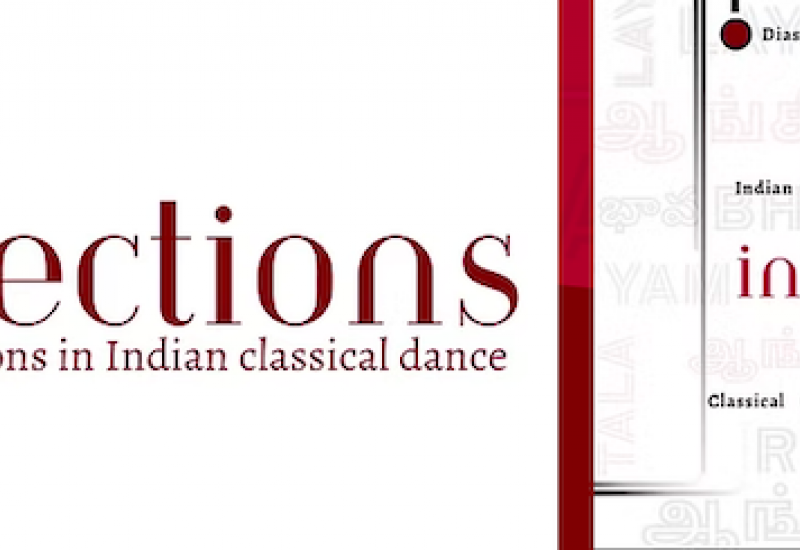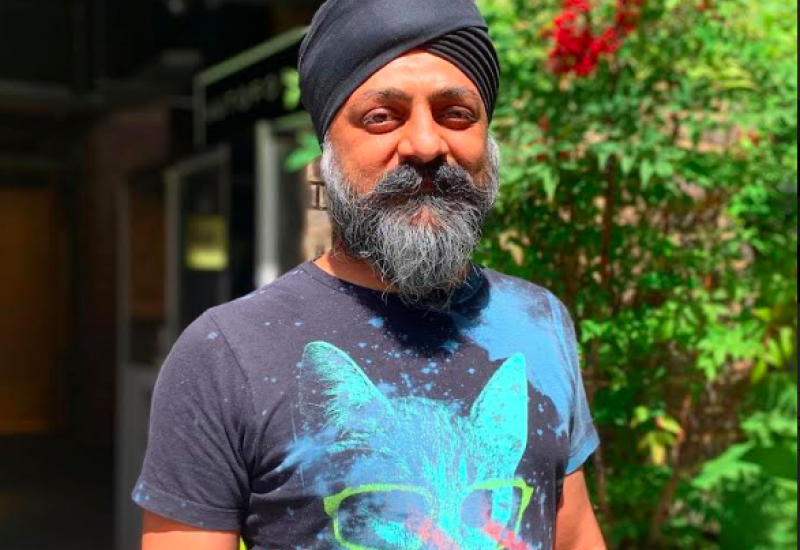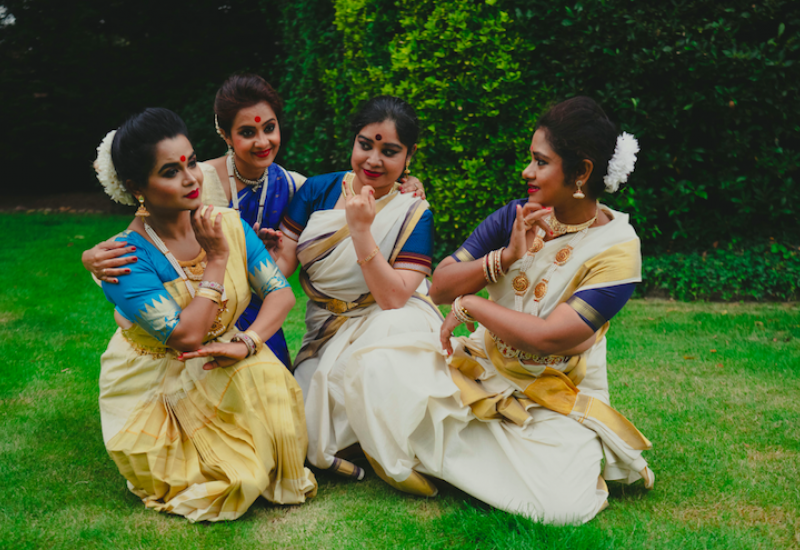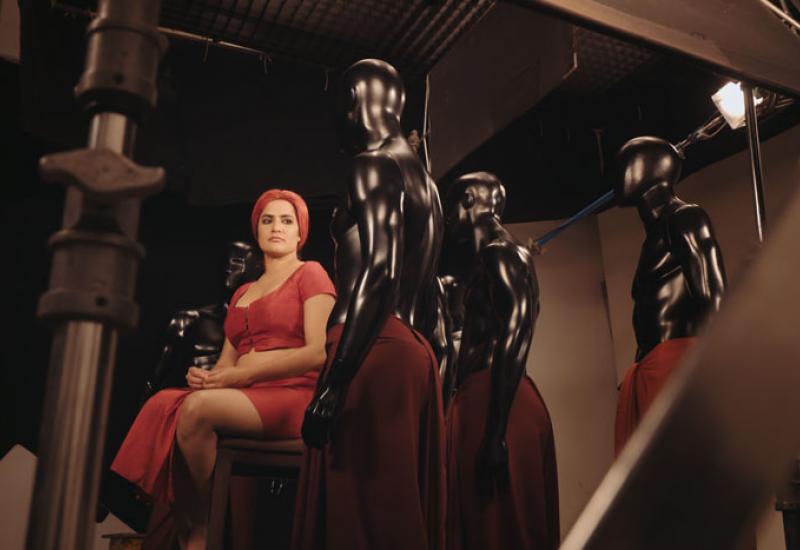Comprehending History through Art - a Preview of Shobana Jeyasingh's Contagion
Shobana Jeyasingh is one of the UK’s most prominent contemporary choreographers, whose intelligent, complex and visually stunning works intrigue and entrance audiences. Her new dance installation, Contagion, opens at The Gymnasium Gallery in Berwick, followed by a national tour.
Pulse Editor Sanjeevini Dutta talked to the choreographer about the ideas that shaped the piece.
Did you choose the subject of the Spanish Flu Epidemic as part of the centenary of WW1 commemorations? And if so, why?
Yes I chose the Spanish Flu pandemic when asked to think about a subject to commemorate the end of WW1 in 1918.
I knew that medicine often makes progress during wartime (because of the large number of injured) so I began researching this area and 'bumped into' the Flu. During that time I went to see an exhibition of Egon Schiele’s work and noticed that he had died in 1918 of the Spanish Flu. Reading more, I was amazed to learn that the Flu had killed millions more than both World Wars added together. Yet this was an event that has not had the same narrative profile that the World War rightly has.
How did you research the subject?
Meeting some very inspiring virologists like Dr Wendy Barclay from Imperial College and Dr John Oxford from Queen Mary’s was an invigorating experience. Dr Oxford co-authored the undergraduate text book on virology which was my bedside reading for a time! Recently there have been some amazing books on the Pandemic notably Mark Honigsbaum’s Living with Enza and Laura Spinney’s brilliantly researched and moving Pale Rider which illustrates the global nature of the Spanish Flu.
There was, as always, lots to read and look at on the web.
What aspects of the tragedy did you choose to focus on?
The dynamics of the virus from floating in the air to its penetration of the human nucleus, the physical and psychological symptoms of the flu and the significant role that women played as carers and volunteer nurses are some of the aspects that are part of Contagion.
There is a simultaneous beauty (visuals inspired by Egon Schiele) and goriness in the visuals; please comment.
One has to tread carefully when dealing with states that caused people’s suffering and death. Schiele does not appear literally in the dance work but he was a huge inspiration through his work which makes human frailty and anxiety visually arresting.
Do you agree that there have been many performances on themes connected to WW1 but none that comment on the futility of that war?
I think there are many artists who have commented on the futility of war (Picasso’s Guernica springs to mind) but I guess when the occasion is about commemorating a particular war then it is natural for us to honour the memory of those who were caught up in the violence of war.
If the piece was created only using bharatanatyam, how do you think it would turn out?
I think it would be a great piece. The dramaturgy will be tailored to the strengths of that particular dance form, which is the case whichever dance form one chooses.
Further information and tour details here.




















